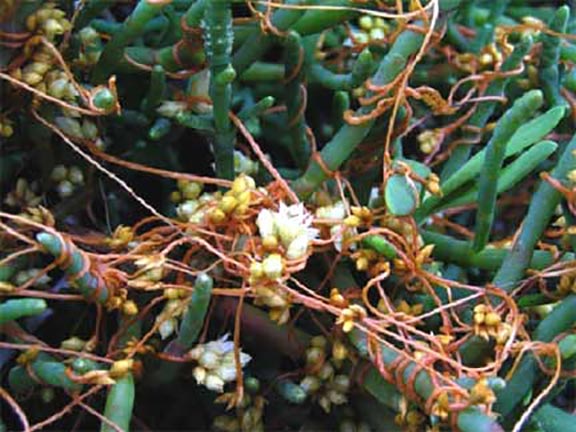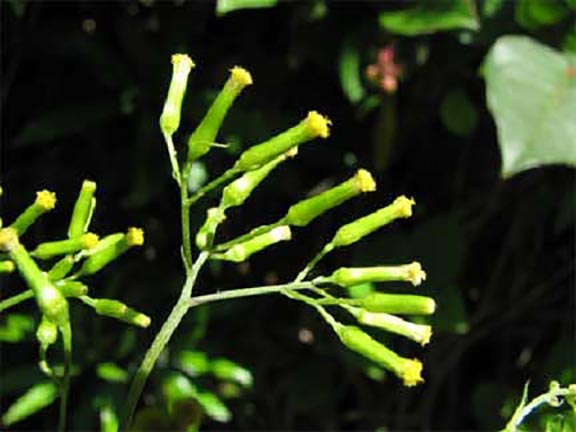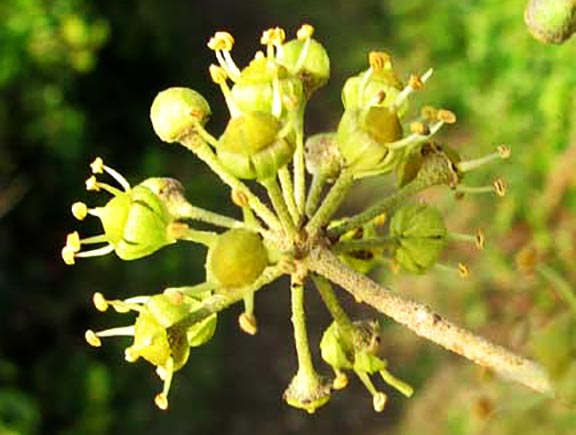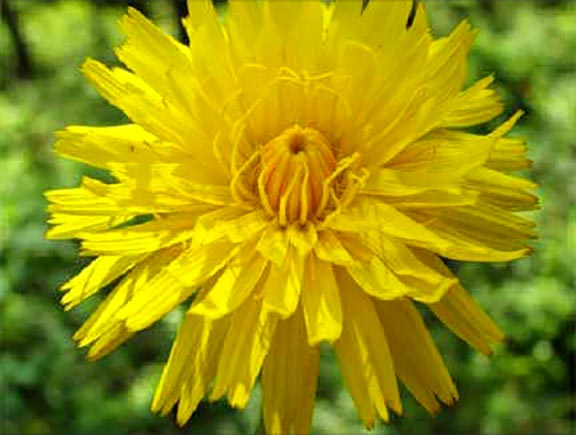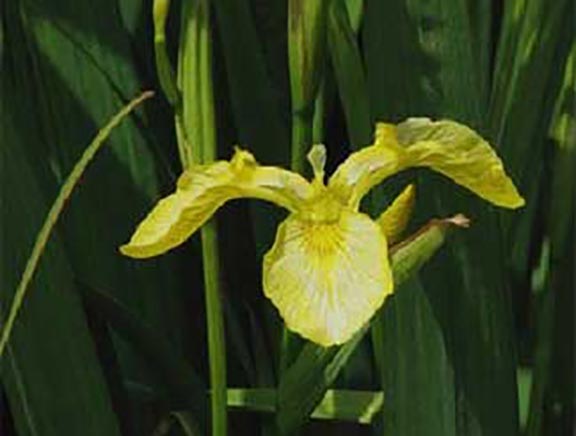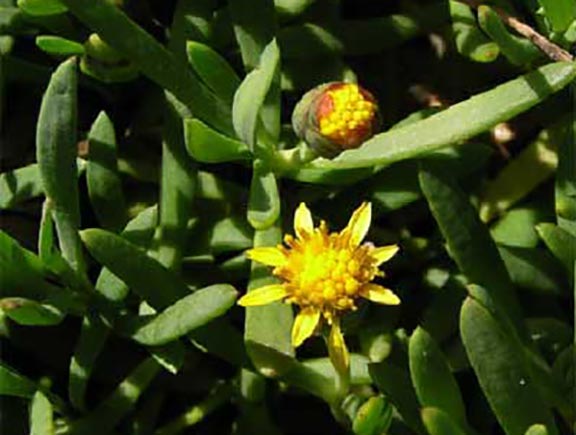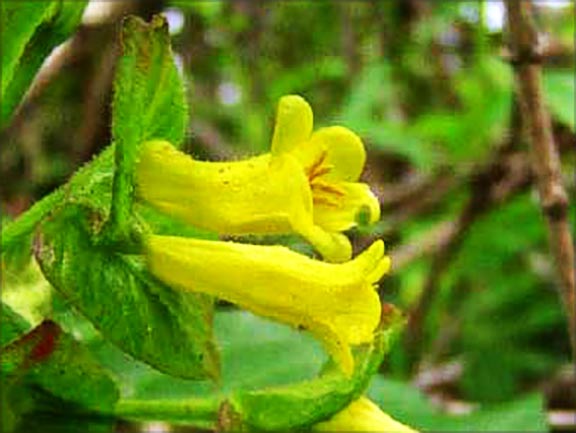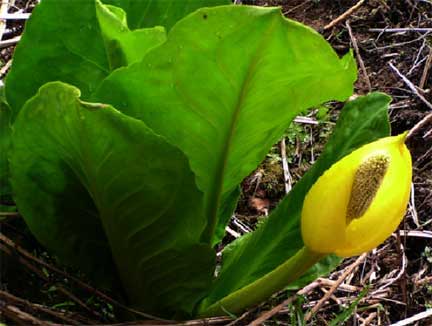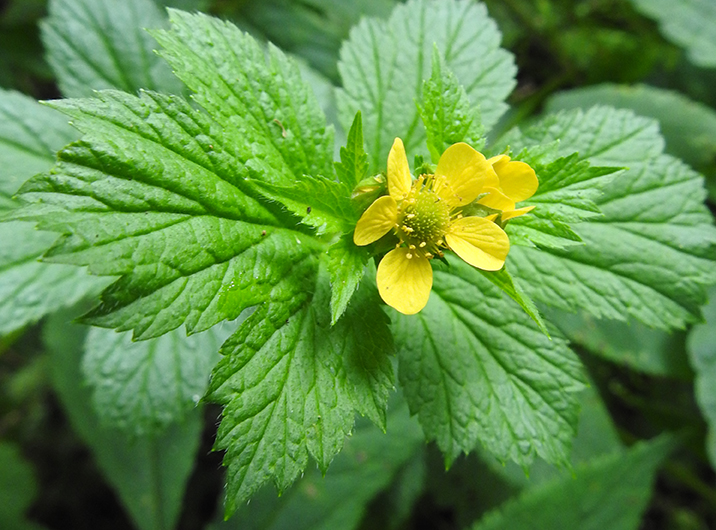Trifolium dubium
Small Hop Clover, Suckling Clover, Least Hop Trefoil, Yellow Shamrock
Alaska to California, most of North America
Family Fabaceae
Non-native
Small hop clover is an annual, mat-forming invasive, native to Africa, Asia, and Europe. It lives in well-lighted, disturbed areas, such as road sides, lawns, gardens, vacant lots, fields, logged sites, and in wetlands. It grows little more than six inches high, and it blooms during spring and early summer. Flower heads are yellow and small, less than one-fourth inch in diameter. Leaves are trifoliate (with three leaflets), pinnately veined, with serrated edges, and short petioles. Like most legumes, it has nitrogen-fixing root nodules that bind nitrogen to soils.


